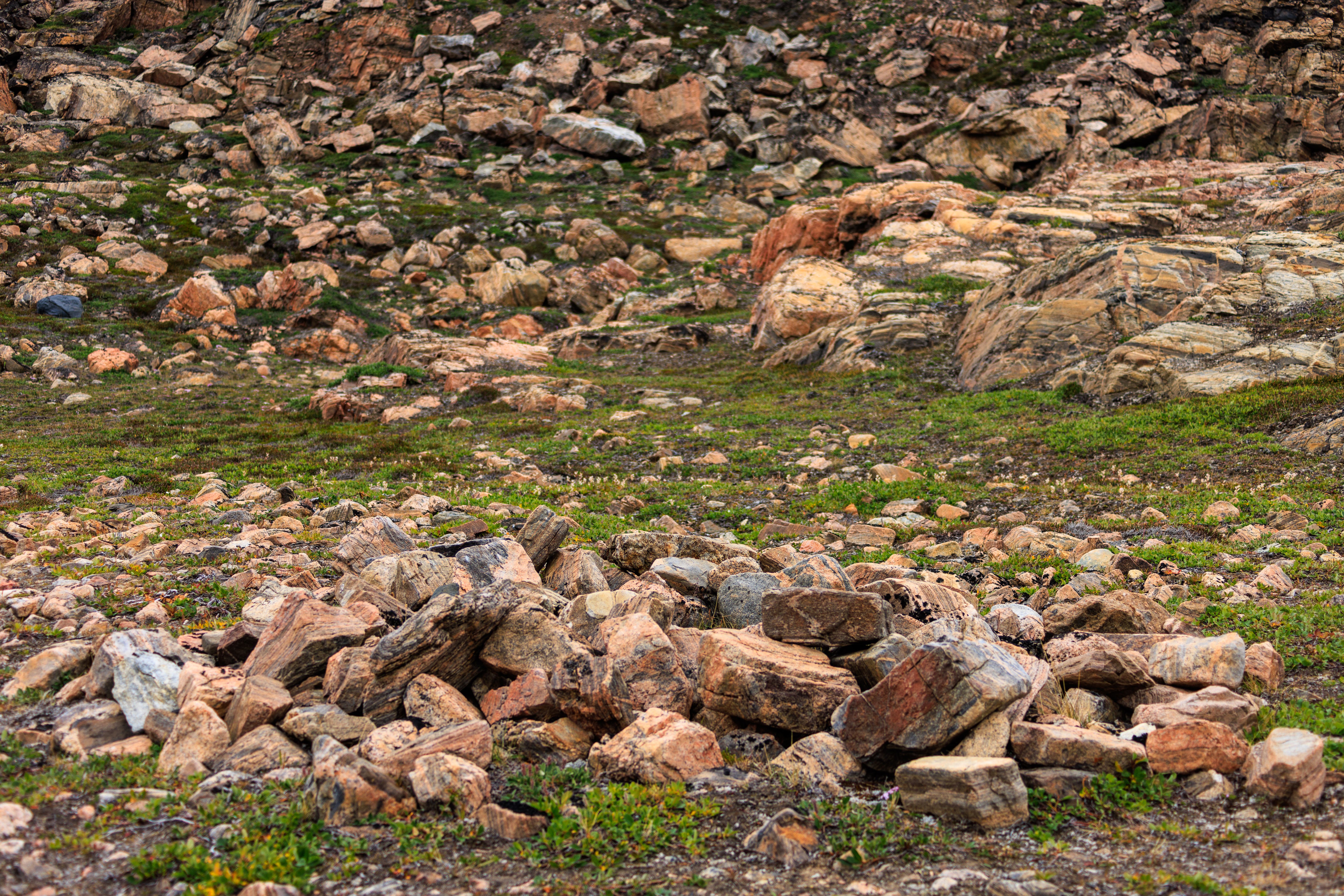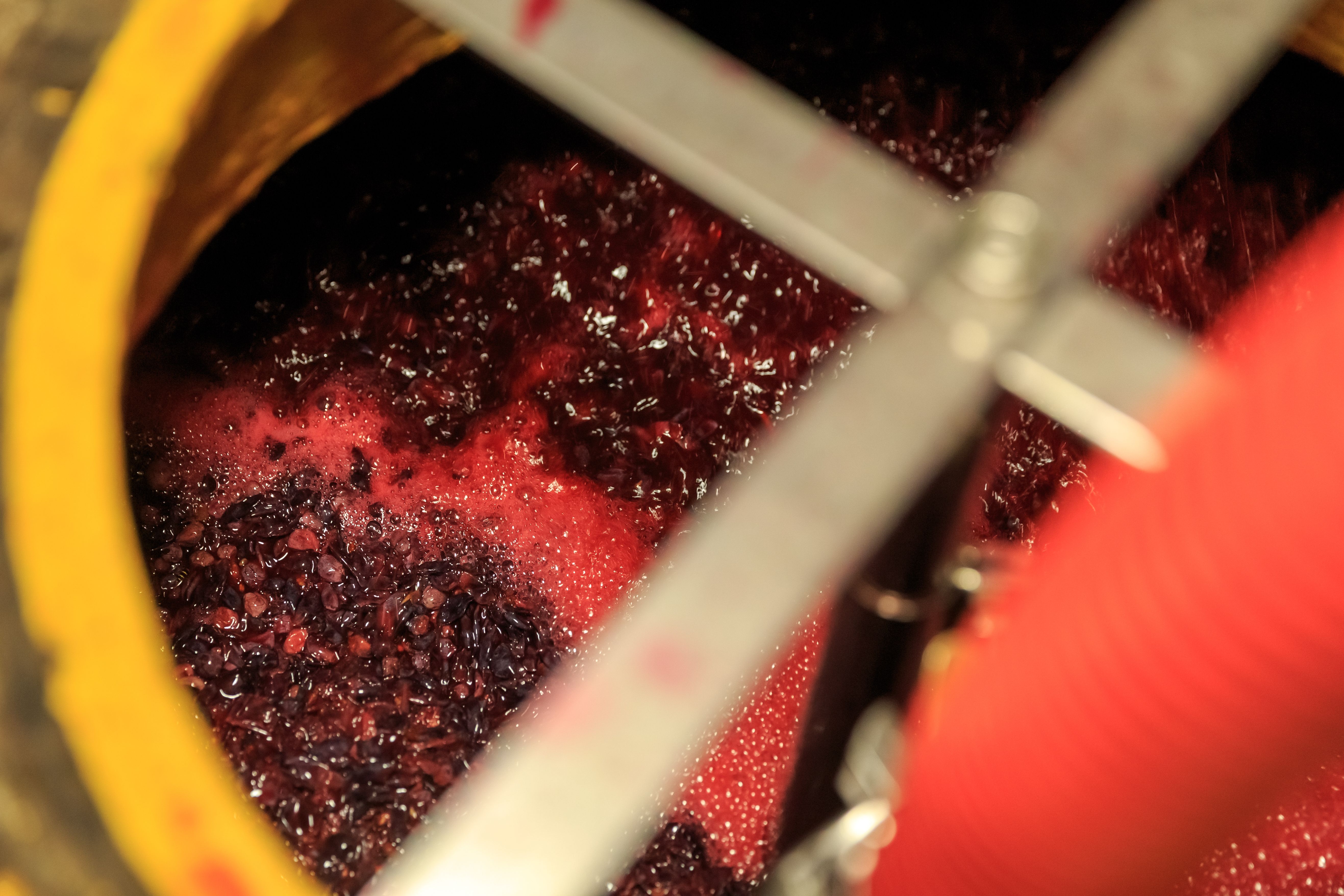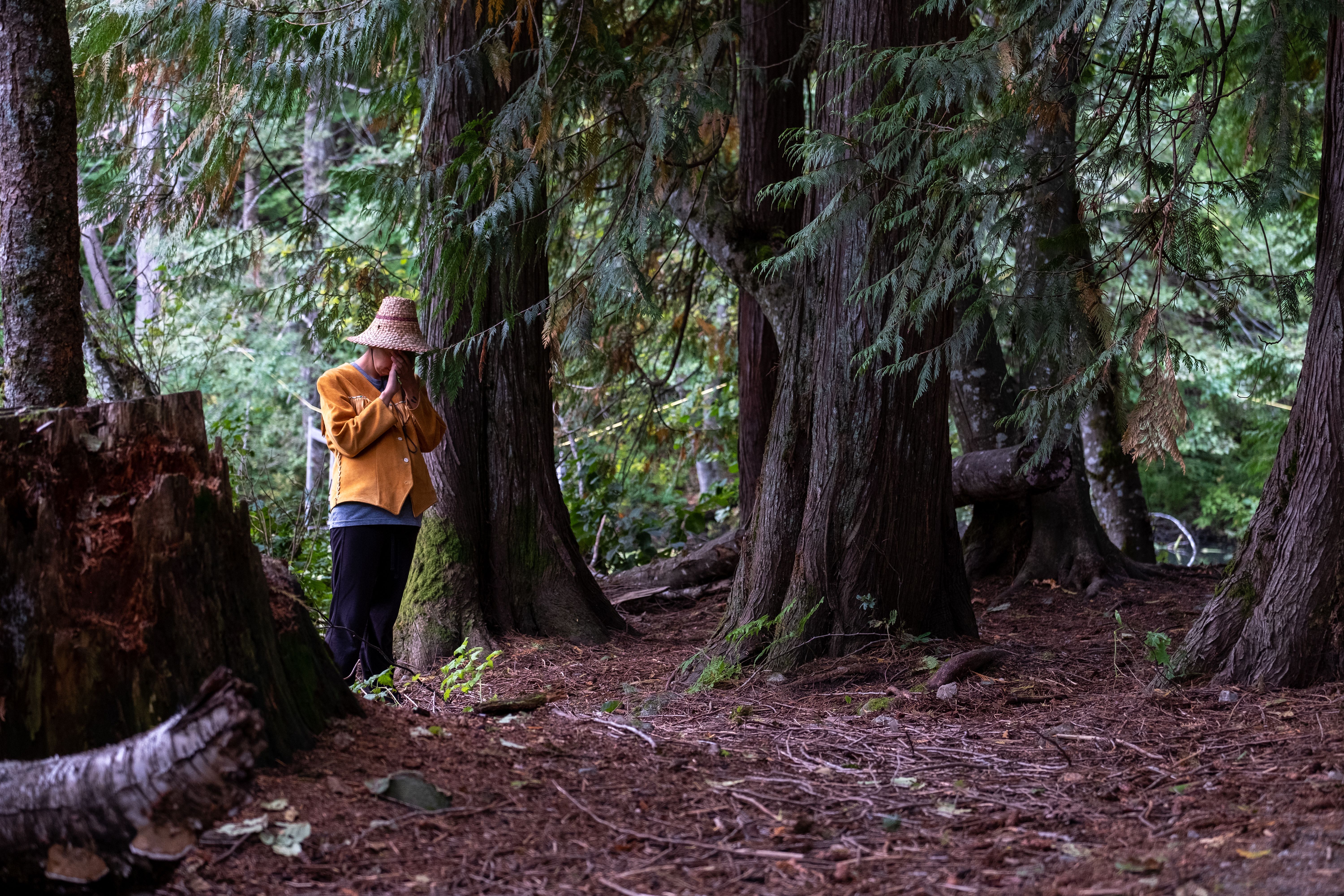Exploring Kiviak: Greenland's Unique Fermented Delicacy
Unveiling the Tradition of Kiviak
Greenland, a land known for its vast icy landscapes and rich indigenous cultures, offers a culinary experience unlike any other—Kiviak. This traditional Inuit delicacy is not only a testament to the resourcefulness of the Greenlandic people but also a unique insight into their cultural heritage. Kiviak is made by fermenting whole seabirds, typically auks, wrapped in sealskin and buried under rocks for several months.
The practice of creating Kiviak dates back centuries and is closely tied to the Inuit's way of life in the harsh Arctic environment. Unlike modern-day culinary practices, Kiviak serves as an essential nourishment source during the long and challenging winters when other food sources are scarce.

The Preparation Process
The preparation of Kiviak is a meticulous process that requires both skill and patience. Traditionally, hunters capture hundreds of auks during the summer months. The birds are then carefully plucked and cleaned, leaving their feathers intact to ensure the best fermentation results.
Once prepared, the birds are tightly packed into a sealskin, which acts as a natural fermentation chamber. The skin is then sealed with seal fat to prevent air and moisture from entering, ensuring the fermentation process occurs under optimal conditions. Finally, the bundle is buried beneath heavy stones to protect it from scavengers and left to mature for up to 18 months.

The Taste of Kiviak
The flavor profile of Kiviak is not for the faint-hearted. Described as intense and pungent, it is often compared to strong cheeses or fermented seafood. The fermentation process breaks down the bird's flesh into a soft, creamy texture, while the feathers and bones dissolve completely.
While it might not appeal to everyone, Kiviak offers those daring enough to try it a genuine taste of Greenlandic tradition. It is typically served at special occasions such as birthdays and weddings, symbolizing celebration and community.

Cultural Significance
Beyond its unique taste, Kiviak holds significant cultural importance for the Inuit people. It represents their ingenuity in adapting to the Arctic climate and preserving food using natural methods. This tradition also emphasizes the community's respect for nature and its resources, highlighting the balance between survival and sustainability.
In recent years, there has been a growing interest in preserving this ancient practice amidst modern influences. Efforts are being made to document and share the preparation techniques with younger generations to ensure that this valuable cultural heritage is not lost.

Modern Perspectives on Kiviak
As global interest in traditional and fermented foods rises, Kiviak has caught the attention of culinary enthusiasts seeking novel experiences. While it remains predominantly consumed within Greenland, some adventurous food lovers travel there specifically to sample this rare delicacy.
However, due to its complex preparation and strong flavors, Kiviak remains an acquired taste. It serves as a reminder of how diverse culinary practices can be across different cultures and how food can offer insights into a community's history and lifestyle.
Conclusion: A Taste of Greenland's Heritage
Kiviak stands as a fascinating example of human adaptation and culinary ingenuity. This fermented delicacy is more than just food; it is a symbol of resilience and cultural identity for the Inuit people. As you explore Greenland or dive into global food traditions, take a moment to appreciate the rich stories behind such unique dishes.
Whether you choose to try Kiviak or simply learn about it from afar, it offers a glimpse into a world where tradition meets necessity, creating flavors that tell tales of survival and celebration.
